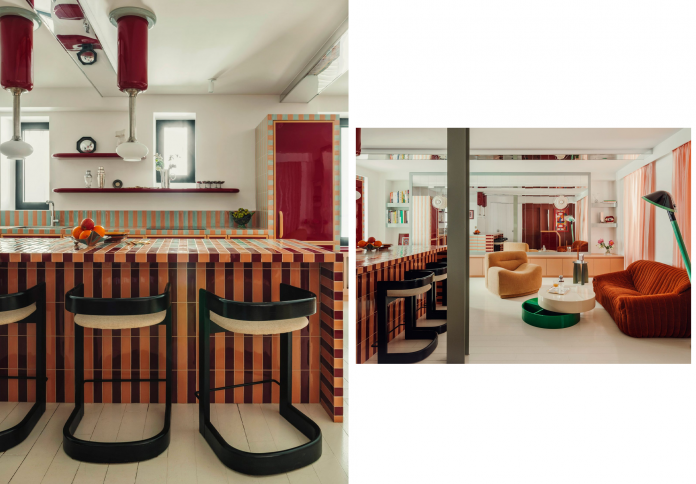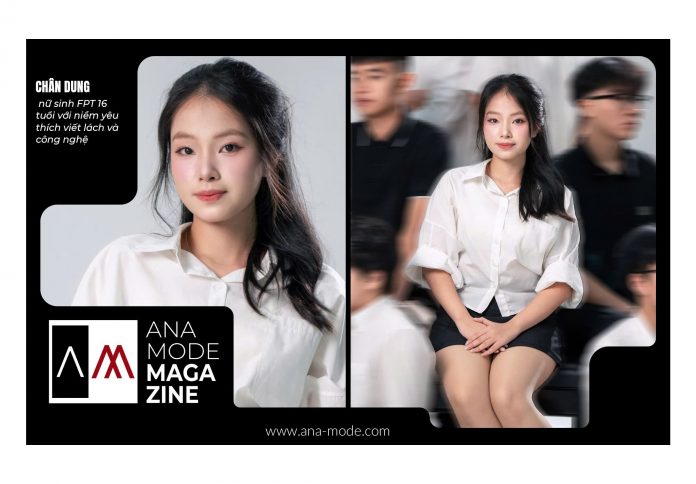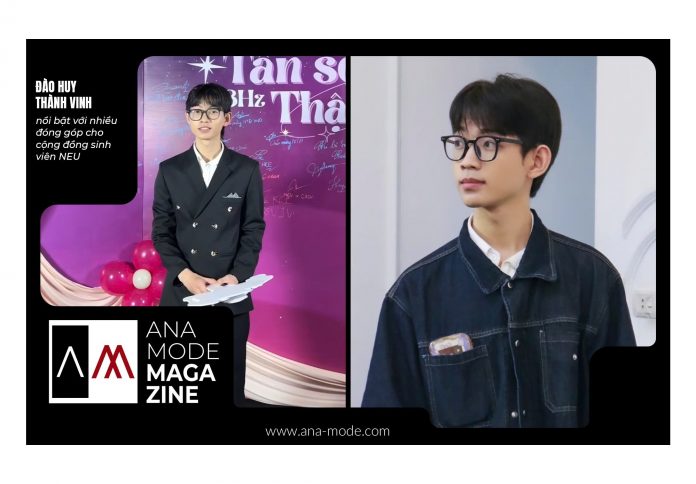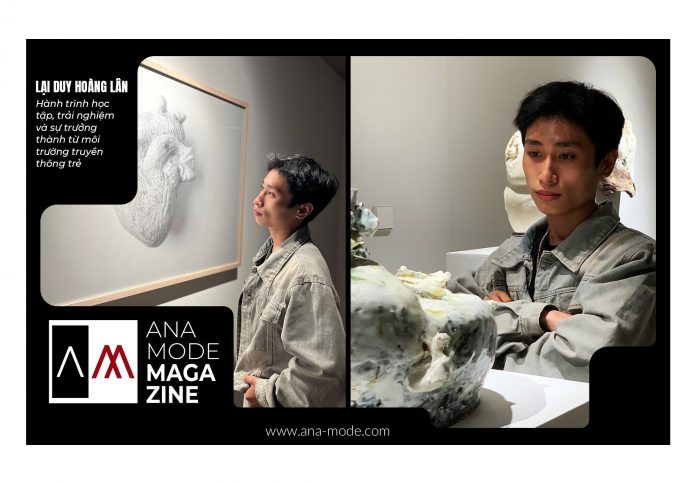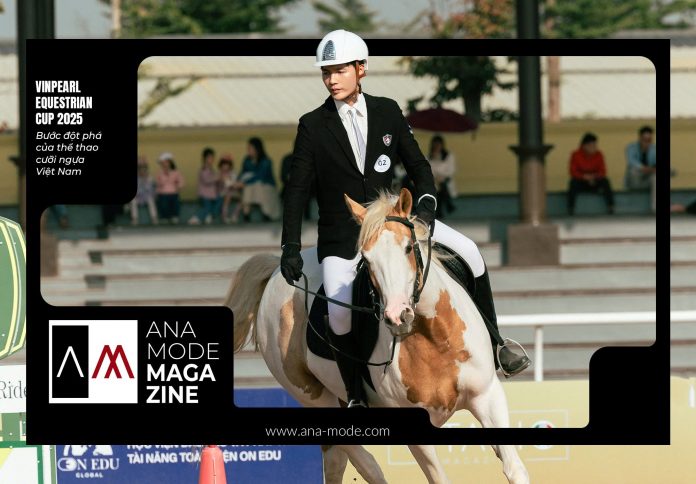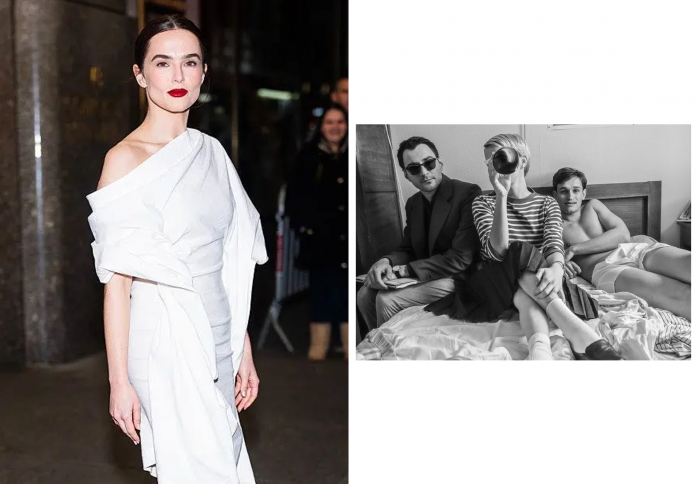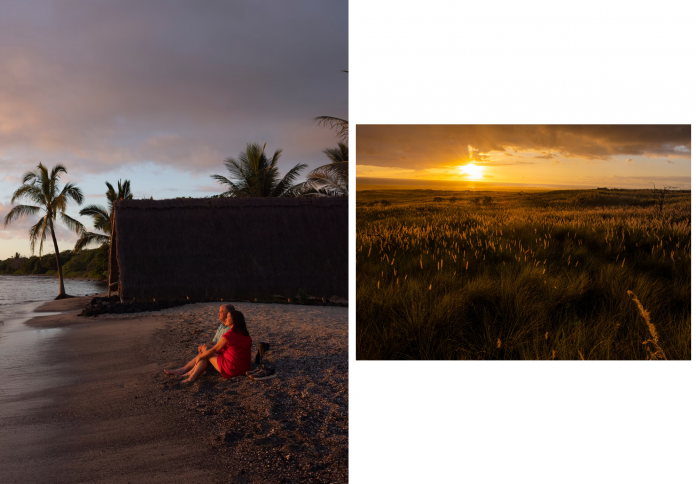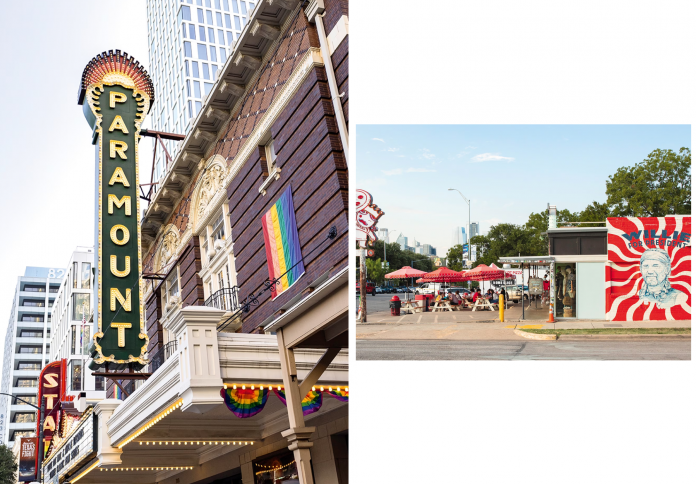Local studio Atelier HA has performed a vibrant, revolutionary renovation on a 60-square-metre Haussmann-era apartment in the beating heart of Paris’s bohemian Pigalle neighborhood. Rejecting the conventionally muted palette of Parisian interiors—typically anchored in beige, grey, and white—designers Hugo Vince and Adèle Nourry chose instead to use bold, warm-toned colour as a structural element. Their intervention successfully bridges the strict, elegant framework of the 19th-century architecture with the vibrant, eclectic spirit of the streets outside, creating a home that feels both alive and expressive. From a striking, tiled, striped kitchen island to the soft velvet furnishings and strategically placed mirrored surfaces, this two-bedroom apartment challenges aesthetic convention, proving that a sophisticated interior can be playful, intimate, and unapologetically saturated.
The Pigalle Spirit Meets the Haussmannian Shell
The apartment’s location in Pigalle, a district famous for its vibrant, eclectic energy and artistic history, was the primary catalyst for the studio’s design choices. For Atelier HA, the goal was not simply to renovate the apartment but to imbue its interior with the neighbourhood’s distinctive, lively character, ensuring the home felt as “alive and expressive as the neighbourhood outside its windows.” This was a deliberate and challenging undertaking, given the building’s formal 19th-century provenance, which dates back to Baron Haussmann’s stringent urban renewal of Paris.

The core challenge lay in mediating the tension between this historical “framework”—a structure revered for its craftsmanship, strict geometry, and elegant detailing—and the owners’ desire for a modern, expressive home. The designers understood that they had a beautiful, yet inherently strict canvas. Their approach was to “respect and challenge” this framework through their intervention, ensuring the apartment remained faithful to its heritage while dramatically departing from the typically reserved, almost neutral decoration that had become the standard for Haussmannian residential interiors across the city. The contrast between the rigid, historic moldings and the fluid, contemporary colours is the first layer of the design’s success.
Colour as a Structural Element
Atelier HA’s most significant design statement is their philosophical approach to colour, which they treated not as superficial decoration but as a fundamental element of the building’s new structure. Rather than merely applying a bold coat of paint, the design team chose each hue for its “ability to create rhythm, tension, and harmony within the space.” This conceptual gravity elevates the palette to a form of architectural material, defining zones and creating visual flow.

The studio chose to flood the space with a warm-toned palette, a radical deviation from the restrained conventions of typical Parisian flats. The primary hues—warm pink-red, bright orange, light blue, and an accent of green—are distributed carefully throughout the open-plan living area. These shades play off each other, creating a dynamic visual rhythm that shifts subtly under different lighting conditions. The use of colour, integrated into the very surfaces and joinery, allows the small 60-square-metre space to feel complex, layered, and architecturally thoughtful, achieving sophistication without sacrificing vibrancy.
The Tiled Kitchen: A Striped Centerpiece
The kitchen functions as the aesthetic centerpiece and the most intensely decorated area within the open-plan living space. Its design is a celebration of pattern and colour, where the surfaces are clad entirely in tiles arranged in alternating, continuous bands that create a bold, striped effect. This commitment to saturation ensures the kitchen island and surrounding counters immediately capture the eye, setting a playful yet highly polished tone for the whole apartment.

The material choices here are meticulous, combining specific colours with functional surfaces. Warm pink-red hues were chosen for the cupboard fronts and for the bespoke, ceiling-mounted light fixtures positioned above the kitchen island. These warm, inviting tones are dramatically complemented by the interplay of bright orange and light blue tiles used on the main cladding. This carefully controlled trio of shades ensures the intensity remains harmonious, framing the act of cooking and socializing within a custom-designed, multi-hued mosaic. The fully tiled counters also offer a highly durable and easily maintained surface, proving that the structural use of colour is perfectly compatible with the practical demands of daily life.
Furnishing Harmony and Angular Contrast
The living space, which directly adjoins the kitchen, continues the chromatic theme while introducing a crucial element of tactile contrast and comfort. The same trio of colours established in the kitchen is reflected in the soft furnishings, which include a deep, broad sofa and a comfortable lounge chair. These pieces, upholstered in rich velvet, introduce a layer of soft texture and luxurious tactility that contrasts sharply with the hard, tiled surfaces of the kitchen.

While the primary design goal was harmony, the studio skillfully introduced angular contrast to prevent the space from becoming visually monolithic. This tension is provided by a small collection of deliberately “mismatched” pieces, including a green standing lamp, coffee table, and side table. The angular forms and cool green tone of these objects provide a welcome visual break, anchoring the seating area and counterbalancing the flowing, soft textures of the velvet and the diffused light. Further softening the atmosphere are peach-toned sheer curtains hung over the large windows, which gently filter the intense Parisian light, adding another layer of colour and tactility to the sophisticated composition.
Spatial Illusions and Dynamic Reflection
A crucial element of the renovation was maximizing the feeling of space and light within the compact, 60-square-metre footprint. Atelier HA’s solution was both classic and highly effective: lining the entirety of the back wall with mirrors. This strategic application of a reflective surface instantly transforms the perception of the apartment’s size, making the living area feel dynamically broadened and substantially larger than its physical dimensions.
The mirrored wall serves a dual function beyond mere spatial expansion. It actively bounces light—both natural sunlight diffused through the sheer curtains and the warm glow from the custom light fixtures—around the apartment, enhancing the luminosity and vibrancy of the carefully selected colours. By reflecting the deep colours, the unique textures, and the rhythmic stripes of the kitchen and lounge, the mirrored wall creates a constantly shifting, dynamic interior. This technique ensures that even in its most quiet moments, the apartment remains alive, with every change in external light adding a new dimension to its bold, expressive character.
A Blueprint for Modern Parisian Living
Atelier HA’s renovation stands as a significant and successful counterpoint to the long-established, conservative decorative norms of Parisian apartment design. By consciously opting to “break away from this convention” and use colour with such structural conviction, the studio has demonstrated a new potential for modern living within historic buildings. The apartment proves that bold colour does not equate to a loss of elegance but, when managed with precision, enhances the spatial experience and the inherent sophistication of the architecture.
The project is an inspired masterclass in balancing reverence for heritage with the demands of contemporary, personalized design. It offers a blueprint for how future renovations of historic Haussmannian structures can evolve: by taking inspiration from the energy of the surrounding urban environment and channeling it into the internal structure. The resulting interior is a quiet yet confident rebellion against neutrality, affirming that a home can be bold yet elegant, playful yet sophisticated, all while remaining intimately connected to the electric, bohemian spirit of Pigalle.
